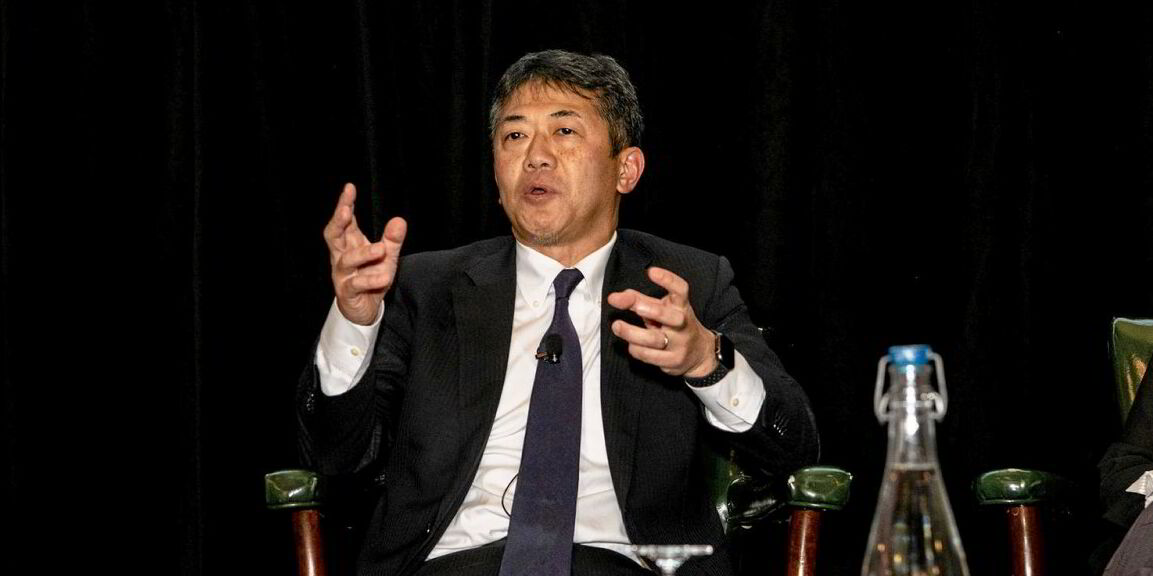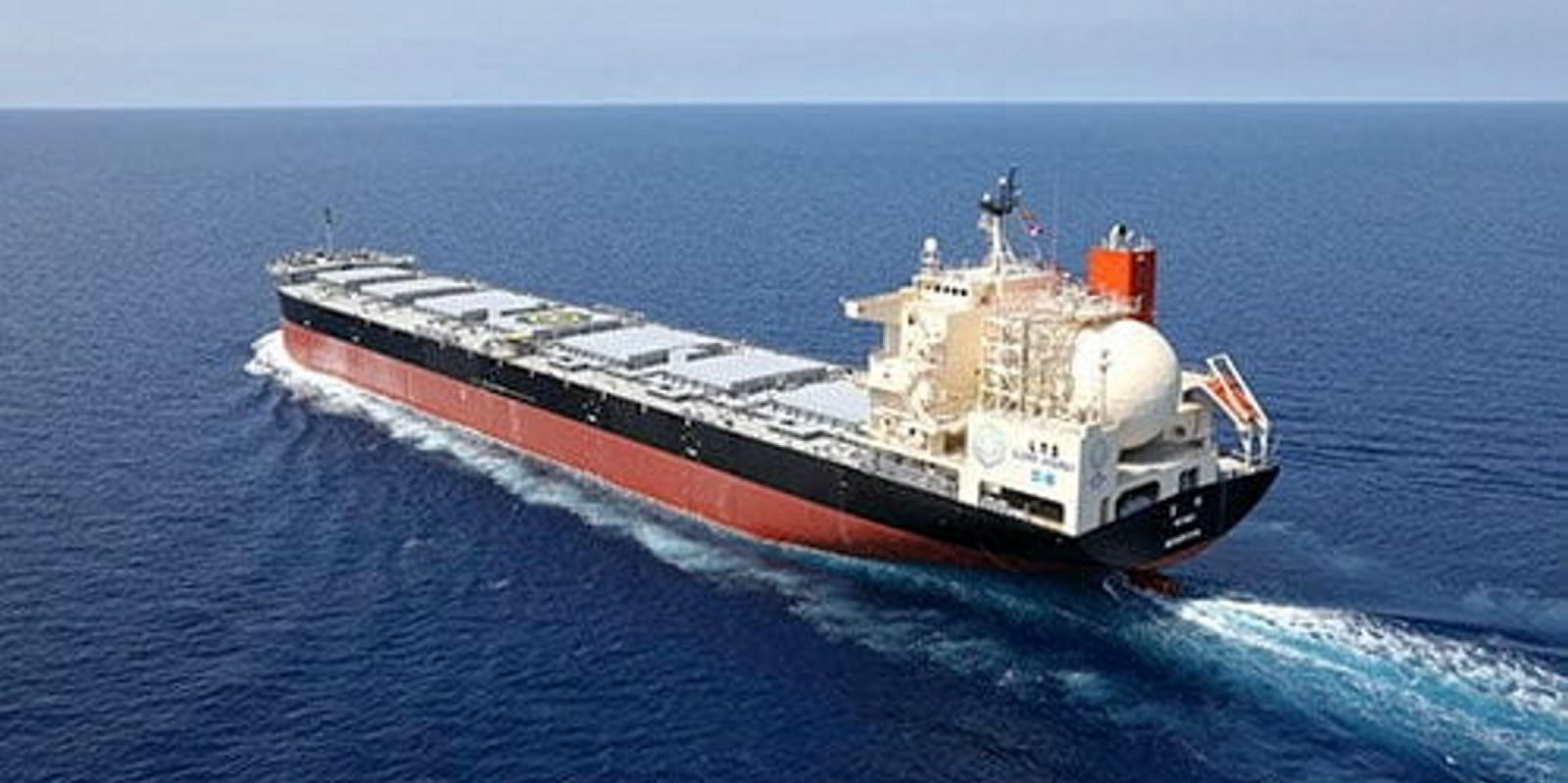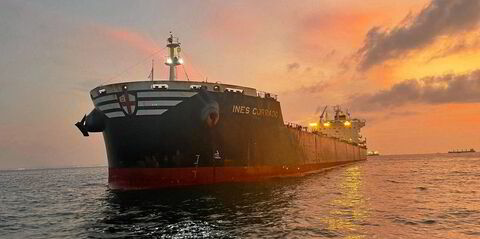As he explained how Mitsui OSK Lines sees opportunities in a transitioning industry, managing executive officer Tomoaki Ichida used a finger to draw a map on his chest of the circulatory system.
He said that shipping remains the core of the Japanese company’s operations. Just as in humans, the vessels that transport blood throughout the body are vital to the entire energy supply chain — including the CO2 at the end of the cycle.
MOL is aiming to expand into upstream and downstream businesses linked to the energy transition as it marches towards its goal of achieving net zero by 2050, Ichida said at the company’s offices in Palo Alto, California.

“Decarbonisation is the big, big challenge for all players in the shipping industry, but at the same time, this is a big chance for us to transform,” the executive said.
“In MOL, of course, shipping is our core business. It will never change. But at the same time, we can see opportunities to expand our business domain in the supply chain for goods or commodities.”
He linked that expansion opportunity to the plan, announced by chief executive Takeshi Hashimoto last year, to move towards becoming a “global social infrastructure company”.
On the upstream side, the company is looking to get involved in ammonia production. It has invested, for example, in US-based Starfire Energy, which makes modular production infrastructure.
Downstream investments could include ammonia storage to feed Japanese power companies seeking to switch to low or zero-carbon fuel. To that end, MOL has announced that it is working with Japan Petroleum Exploration, Mitsubishi Gas Chemical, IHI and Mitsui & Co to study a potential ammonia supply base at Soma in Fukushima Prefecture.
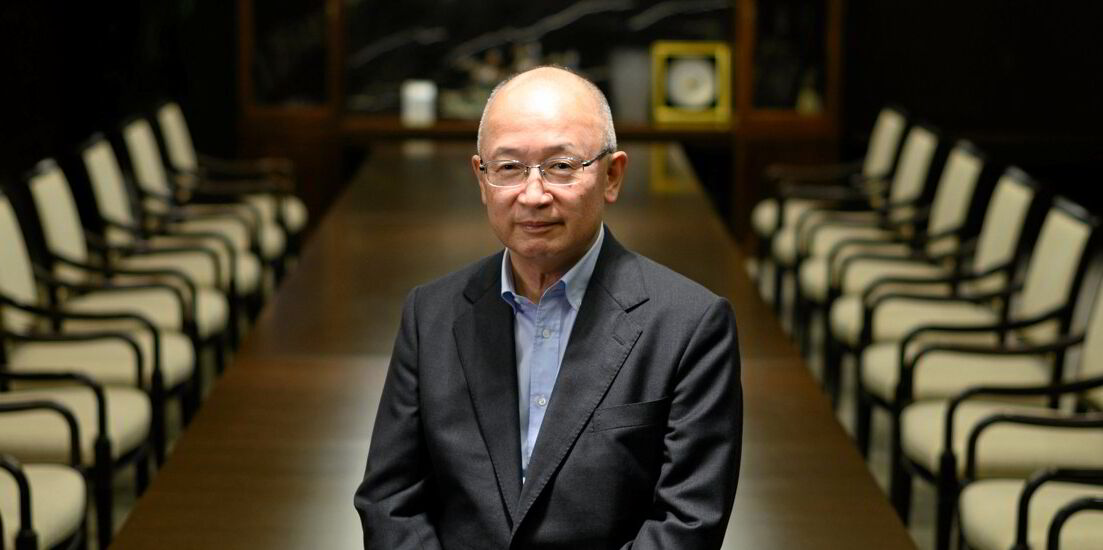
Ichida said the company will leverage its experience with floating storage and regasification units in the LNG sector to operate similar offshore infrastructure in the ammonia supply chain.
Meanwhile, on its path to its 2050 net-zero goal, MOL is planning to deploy 90 LNG and methanol-fuelled vessels by 2030, and 130 zero-emission vessels by 2035.
“There’s not one single solution to achieve net zero,” Ichida said. “So at MOL, we take various measures.”
Ichida showed a graph that showed that it hopes to reach 20% of the net-zero goal through energy efficiency, including wind propulsion. The company, for example, is working to deploy its Wind Challenger sail technology to 25 ships by 2030, after recently announcing adding the equipment to seven ships.
Another 70% of its net-zero plans will come through adopting cleaner fuels, including using LNG and what he described as an effort to “aggressively” move to methanol fuelling.
Ichida said with LNG and methanol available today, MOL can cut emissions by 20%, with greener forms of methanol when it can be obtained.
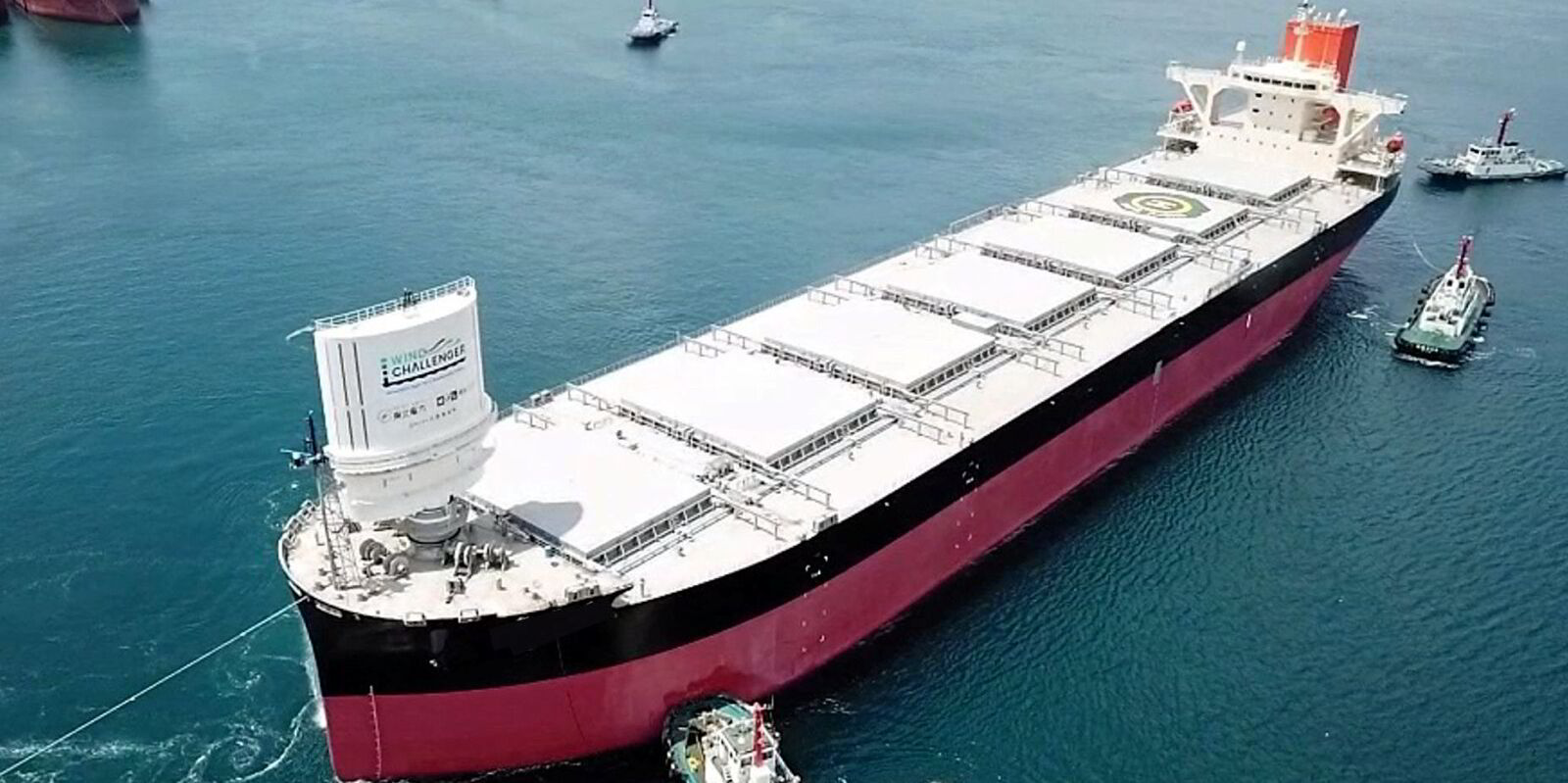
“The availability is quite limited. But of course, once clean methanol is available … we would like to utilise clean methanol as a marine fuel, and gradually, maybe around 2030, ammonia will be available,” he said, noting that the company would like to turn to ammonia when that is possible.
That leaves just under 10% of residual emissions that it plans to cover through carbon removal, including its investment in a mangrove project in Indonesia to secure carbon credits.
MOL has engaged in developing some pioneering projects, including its Wind Hunter, a vessel designed to produce hydrogen using wind at sea and deliver it to shore.
Ichida said trials on a yacht have successfully produced hydrogen, but the high cost and a lack of demand are hurdles to building a full-scale vessel.
“It is one of our dream projects in MOL, although it might be a big challenge to find the demand for hydrogen produced by Wind Hunter,” said the executive, who was in charge of MOL’s energy business strategy division before he took the helm of the Americas unit last year. “I believe it will bring us a huge potential for new business in the future.”
A co-founder of e5 Lab, Ichida was involved in developing two battery-powered bunker tankers and an electric tug deployed in Tokyo Bay.
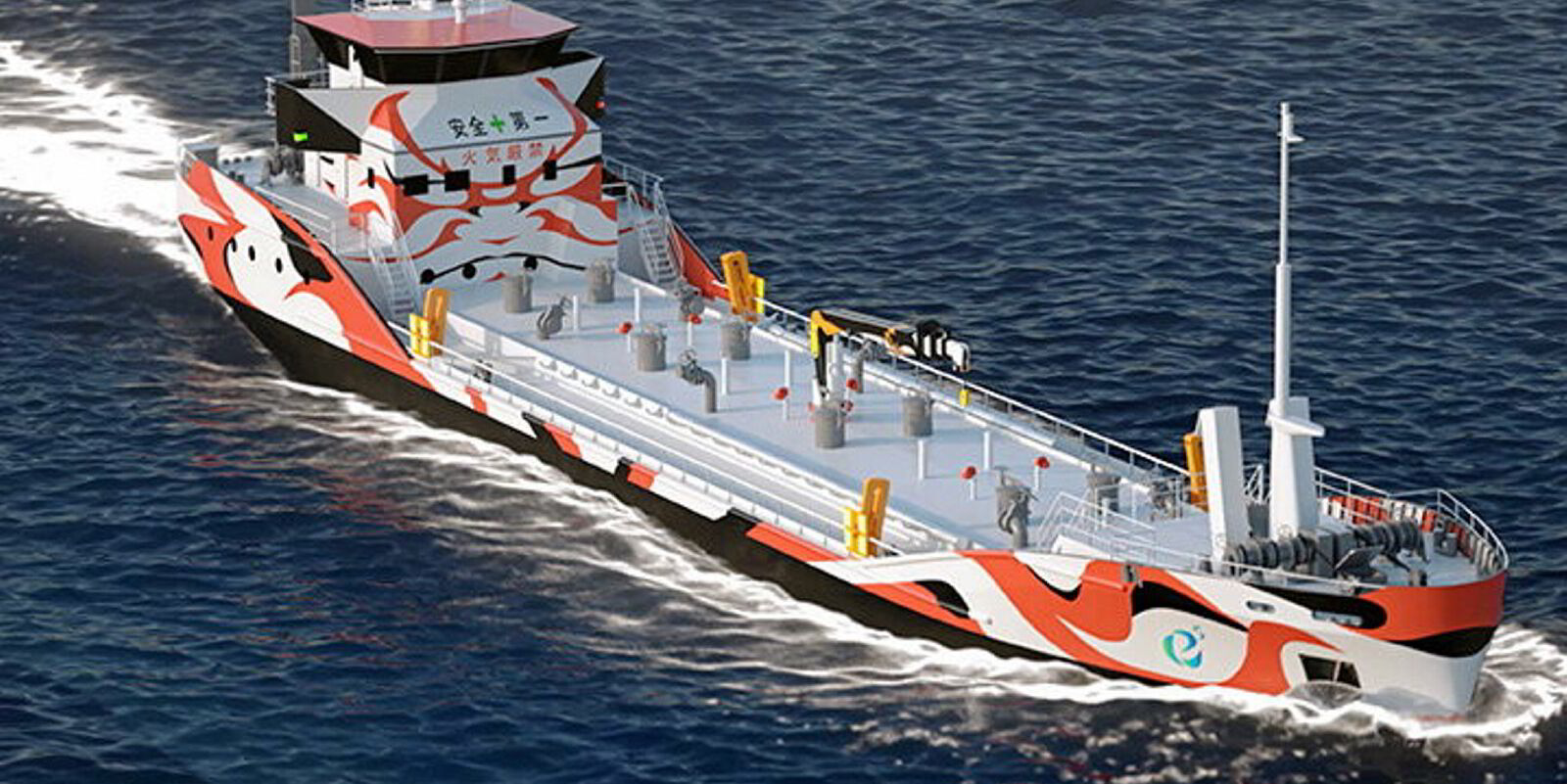
But he said charging time and range are a hurdle for building more pure-electric vessels.
“Electrification is one of the good solutions, especially for the short distances, but at the moment, there are some obstacles,” he said. “Therefore, we’ll go to hybrid vessels.”
